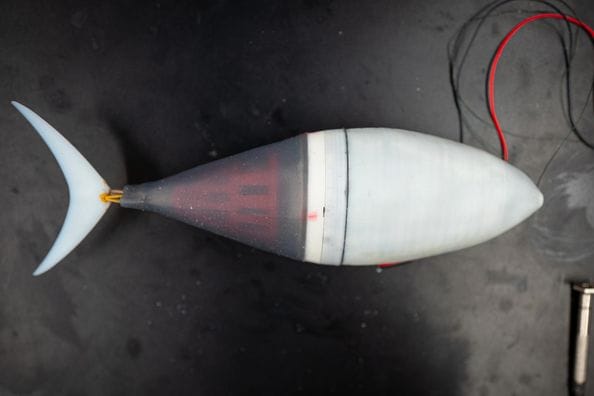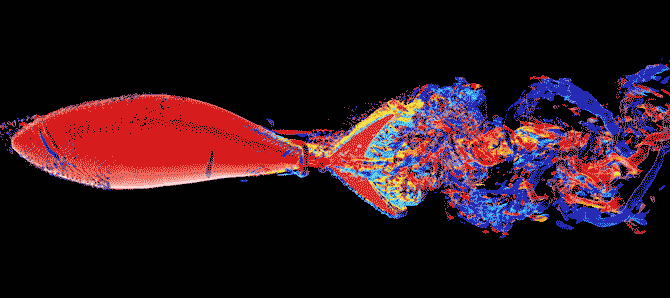Dear reader,
Mobility is at the centre of many public discussions and technological developments. The rapid growth of transport and traffic, especially in urban areas, has come at the price of pollution, congestion, and accidents. Connected and Automated Mobility (CAM) offers now the opportunity to tackle many of these problems, especially as many enabling technologies have now reached a high level of maturity. Think of robotics, the Internet of Things, artificial intelligence, high-performance computers and, of course, 5G.
The European Union is committed to using the opportunities that CAM offers, as stated on the EC’s Digital Single Market website: “The development and large-scale deployment of Connected and Automated Mobility (CAM) provides a unique opportunity to make our mobility system safer, cleaner, more efficient and more user-friendly.” (https://ec.europa.eu/digital-single-market/en/connected-and-automated-mobility-europe)
In order to make the vision of better mobility a reality, the European Commission and industry have committed to large investments in R&D for CAM solutions.
In this issue of Eurescom message, we provide an overview on the current status of 5G-based CAM development in Europe and present selected CAM-related R&D activities under the EU’s Horizon 2020 programme.
In the first article of the cover theme, Eurescom message editor Uwe Herzog presents an overview on 5G for Connected and Automated Mobility.
The next article presents cross-border 5G trials for cooperative, connected and automated mobility by 5G PPP project 5GCroCo. The following article by the 5G-MOBIX project also covers cross-border mobility solutions and in addition urban connected and automated mobility.
In an exclusive interview for Eurescom message, Dr. Maxime Flament, CTO of the 5G Automotive Association (5GAA), explains the current status and future plans for connected and automated mobility using 5G in Europe and worldwide. The next article by 5G PPP project 5G-CARMEN presents the project’s CAM approach for Mobility Corridors. Finally, the authors from the 5GinFIRE project explain their city-scale 5G automotive testbed for open experimentation.
This edition of Eurescom message also includes a variety of further articles on different, ICT-related topics. See, for example, the new opinion article by Eurescom director David Kennedy on digital anxiety in his column “The Kennedy Perspective”. See also our “Events” section, which this time is focused on the IEEE 5G World Forum in Dresden and the 2nd workshop on 5G-Trials, which was part of the IEEE 5G World Forum. Finally, in the latest “A bit beyond”article you can learn about escaping the growing surveillance based on facial recognition.
My editorial colleagues and I hope you will find value in this edition of Eurescom message, and we would appreciate your comments on the current issue as well as suggestions for future issues.
Milon Gupta
Editor-in-chief



